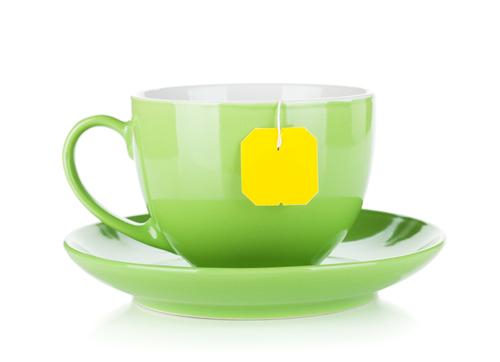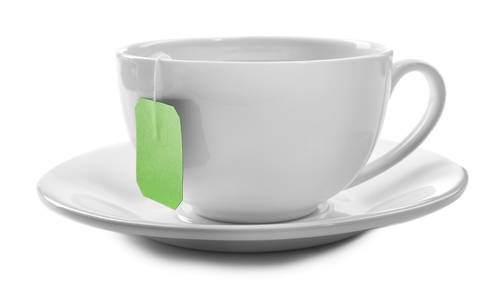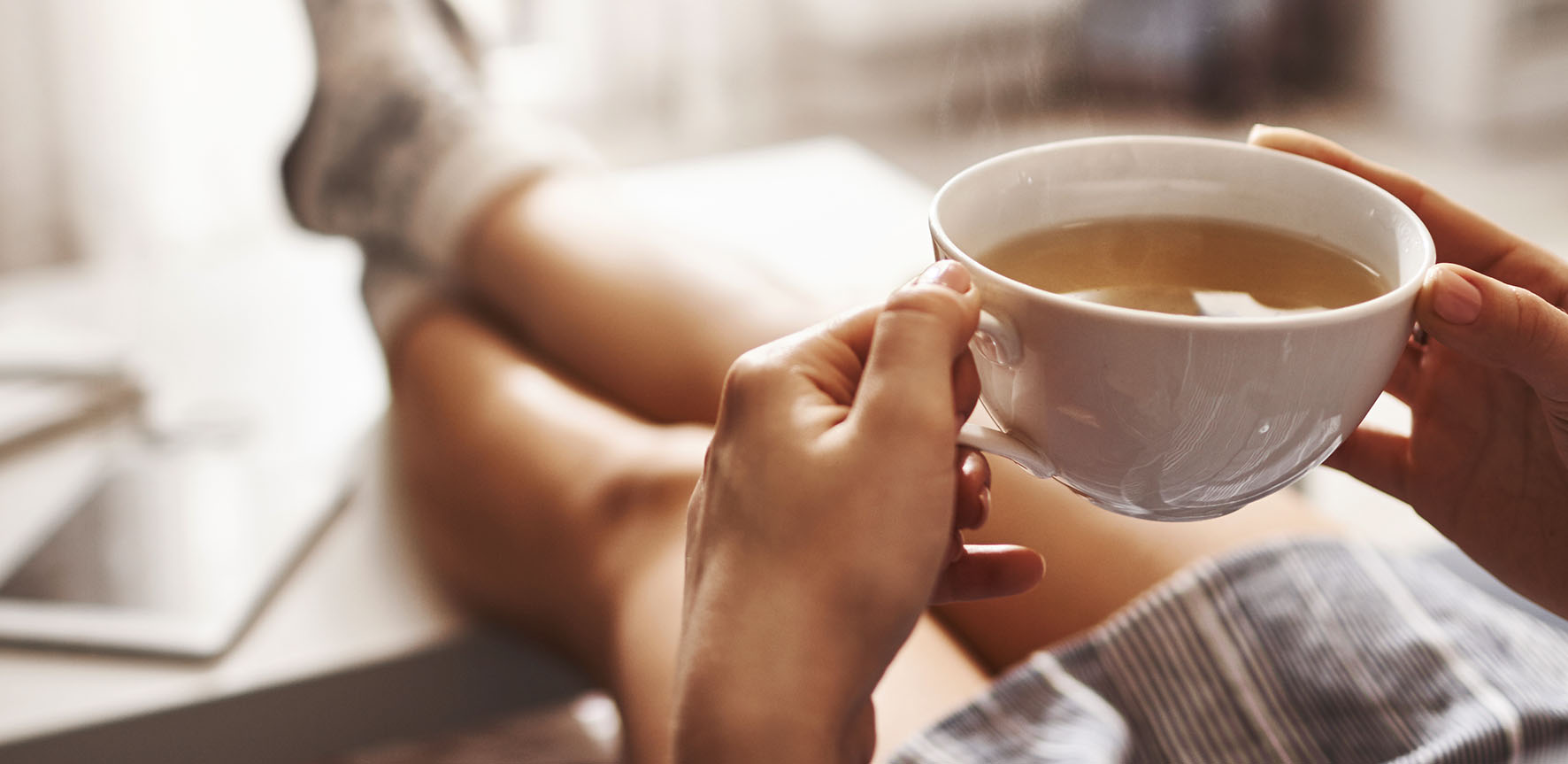The UK is a nation of diehard tea lovers, with 100 million cups of tea consumed every single day. Family-owned tea and coffee company Ringtons, founded in 1907, know how seriously people take their own special serve and particular brewing methods.
The humble cuppa is integral to many people’s day, but are you getting the most from your brew? Jake McMullon, expert tea buyer and blender at Ringtons gives his top essential brewing tips that will give you the most flavourful mug possible with just a few simple insider skills.

Discover Ringtons professional tea taster’s top techniques for brewing a classic black tea in your favourite mug.
Mugs make a difference
Choosing the right type of mug to conduct heat and retain it effectively, whilst not affecting the taste is a key part of making a tasty cup of tea. Glass, china and porcelain are all smooth, non-porous and won’t affect the flavour of your brew.
Thicker mugs will retain the heat for longer whereas thinner, more delicate cups will lose heat faster. Warming your mug to roughly the same temperature as the tea before using it will help your infusion along.
Energy saving hacks
As the cost of living continues to rise, here are our top tips for saving energy on your brew. It pays to take care of your kit, for example, limescale build-up inside your kettle can impact how quickly it heats up, thus using more energy. If you’re investing in a new kettle, keep your eyes open for a kettle with variable temperatures, a rapid boil time and low minimum fill levels, as this can cut the time it takes to make a single cup of tea. It might sound like a no-no to the purists, but most of the core Ringtons range has been designed to be two cup tea bags, meaning if you’re using your teapot you can enjoy two cups from one tea bag.
Fresh = flavourful
Always use freshly boiled water for your tea and if you’re really serious about your brew, use a water filter to eliminate any flavour impairers within the water. Hard water contains a higher mineral content and can result in a darker, denser tea, whereas soft water makes a more desirable flavour. Over-boiling your water can result in oxygen levels being reduced which results in a blander tasting tea.
Jake also recommends warming your mug so that it reaches a similar temperature to the brewing water. This will help your infusion develop and bring out the flavours of the tea leaves.
If you’re using a temperature-controlled kettle, the optimum temperature for brewing black tea is ideally between 95-98 degrees C. If your kettle shows temperature readings, we recommend using water that has reached 98 degrees as it holds the highest level of oxygen. Measure out the amount you need using your chosen mug and only boil the water you need to save on energy costs.

Steeping for success
The age-old question; how long do you leave your tea bag to brew? For black tea, we recommend leaving it to brew for around 4 minutes, depending on how strong you like your cuppa. More delicate green tea only needs around 2 minutes at a lower temperature. Generally, the milder the tea flavour, the shorter the brew time. Don’t leave it for too long though as this can result in unpleasant bitterness and astringency.
Cover your cup
One of our little-known top tips is to cover your tea while steeping. This retains more of the heat and maintains a consistent temperature, which allows the tea leaves to unfurl and the flavours to be released. Most experts also agree that gently stirring your teabag during the steeping process will help to release more of the flavours.
The great milk debate
The percentage of natural fat in the milk used will affect the taste and texture of your typical cuppa. Both whole-fat and semi-skimmed milk will add a creamy note to your tea, making it smooth and rich. You may find that skimmed and low-fat offerings are too watery and don’t give you the same silky-smooth texture. They’re also unlikely to balance out any bitterness in the tannins. Black tea is typically stronger and bolder in flavour than its paler cousins and it stands up well to milk and sweeteners, making it the ideal choice for your morning cuppa.
If you’re using non-dairy alternatives such as soya milk, you may find that it splits in hot tea. Warming the milk beforehand will help to combat this.
Mif vs Tif
There’s nothing more divisive in a household or office than those who add their milk in first, (Mifs) or those who prefer their tea in first, (Tifs). Historically, some have theorized that milk was added to the cup first to stop the delicate china cracking from the addition of boiling hot tea.
A 2022 survey by Censuswide showed that twenty per cent of UK tea drinkers add their milk first. However, at Ringtons we do things differently. Scientifically, when you add cold milk to the mug first, the temperature of the boiled water lowers slightly and the tea won’t brew as effectively. If added first, it can affect the steeping process and you won’t get to experience all the flavours your tea leaves have to offer. To get the best infusion possible, add your tea first, brew to your taste, then add the milk after.
This also means that you can better judge the strength of your tea, as milk will affect the colour and aroma.

Let it sit before sipping
Allowing your tea to sit before drinking it not only lets it come to a drinkable temperature, but some of the more subtle flavours will come to the fore at a slightly cooler temperature. Most importantly, it means you won’t burn your mouth.
The most important thing to remember? Take time to enjoy your tea. All of these tips are just that; tips and guidelines. We know everyone has their own particular tea tastes and we won’t judge however you want to enjoy your brew.
Seal in the store cupboard
We recommend storing your tea in an airtight container so that your tea bags don’t take on any other unintended flavours from your cupboards. If left in an opened bag, your tea is likely to take on the taste of the ingredients around it. At Ringtons, we have developed a unique leaf lock technique which involves vacuum packing at source to seal in the freshness and flavour. You can be sure that when you make your cup of Ringtons tea, it will taste as fresh as the day it was packaged at origin.
For more information or to purchase the limited-edition products visit here: https://www.ringtons.co.uk/





